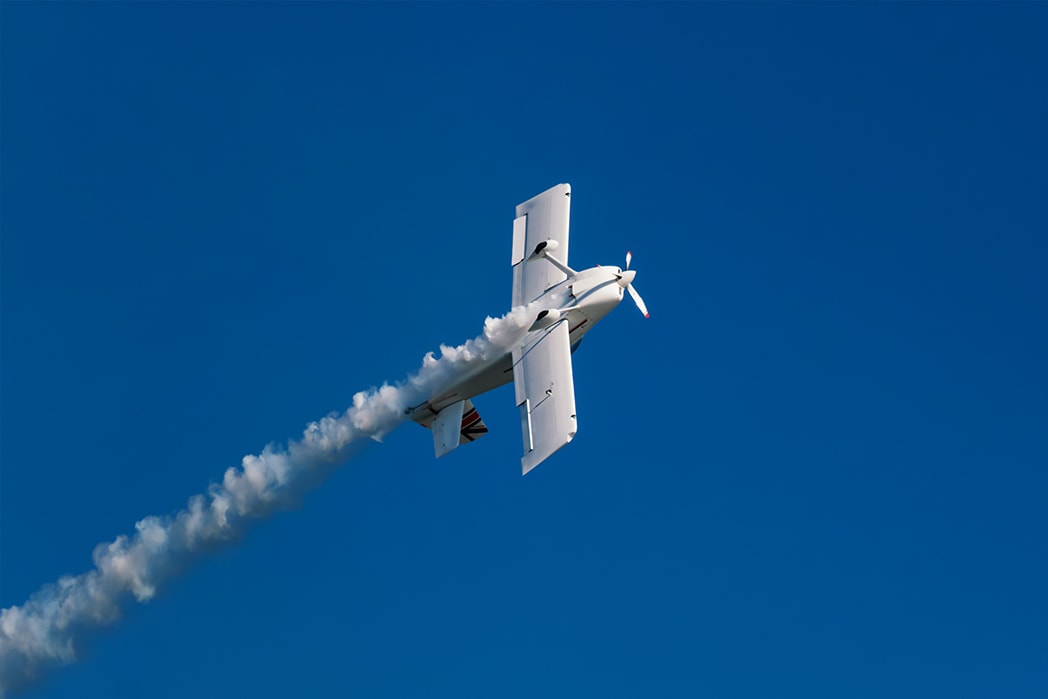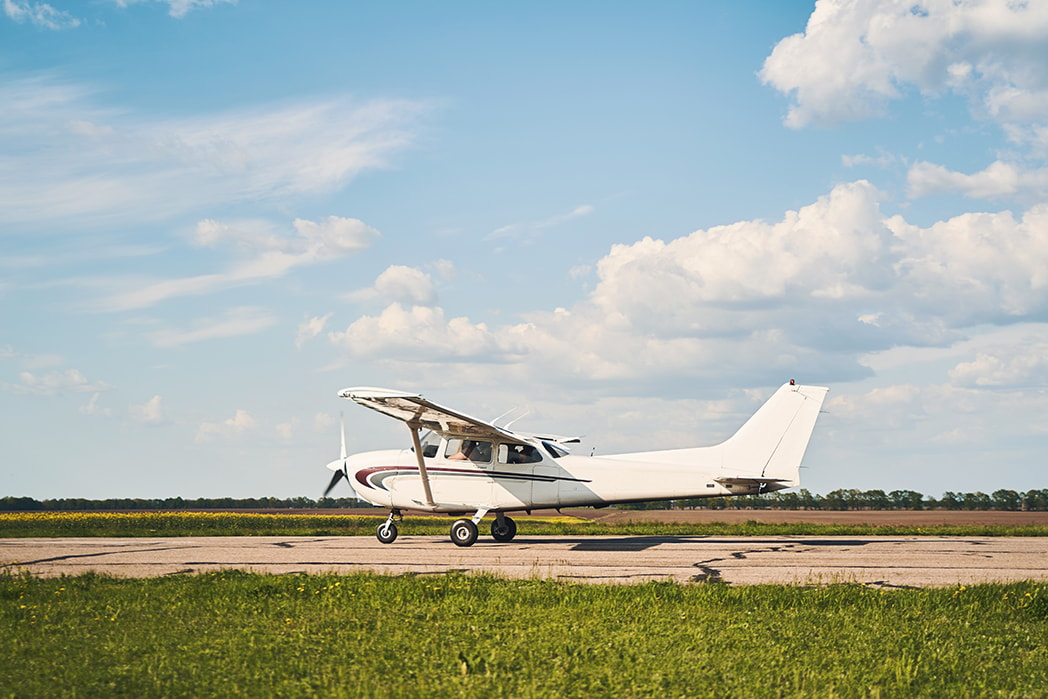Understanding FAA Part 91: Key Insights and Differences
Aug 11, 2025
FAA Part 91 covers non-commercial flight operations in the US, private aircraft use. It covers safety, pilot training, maintenance and general operating rules. This article will go over those and the key regulations and differences from other FAA parts.
Key Takeaways
-
FAA Part 91 governs non-commercial flight operations, a flexible framework for private pilots and aircraft operators while safety and operational integrity are paramount.
-
Part 91 has specific rules for flight rules, maintenance and equipment, much different than Part 135 and Part 121.
-
Part 91 operational flexibility means more flight planning and fewer rules, a big plus for private operators while still maintaining safety and compliance.
What Is FAA Part 91?

FAA Part 91 is the part of the federal aviation regulations that governs non-commercial flight operations, also known as general operating and flight rules.
This part is all about civil aircraft operations for private use, so it’s the foundation for individuals and companies that use their own aircraft for personal or internal business purposes.
Unlike commercial operations, Part 91 is tailored to private operators. It covers a wide range of topics including safety standards, air traffic control, aircraft certification, pilot training and maintenance in civil aviation all of which are guided by Flight Training Regulations designed to uphold aviation safety.
These regulations ensure even non-commercial flights meet a high level of safety and operational integrity without the complexity of commercial aviation.
Flying under Part 91 means private pilots and companies have more freedom and flexibility, but with less rules.
The rules are less restrictive so flight planning and execution is simpler. This is a big advantage for those who value convenience and control in their aviation activities.
Key Regulations Under Part 91

Part 91 is broken into several subparts, each covering different aspects of flight operations. These rules are comprehensive and cover everything from general to specific maintenance requirements.
Subpart A is the foundation, general rules and definitions and pilot/operator responsibilities. This sets the stage for the more detailed rules that follow. It emphasizes the importance of following these rules to ensure safe and efficient flight operations.
Subpart B is where the flight rules are defined. This section covers altitude, airspeed and following air traffic control instructions. These flight rules are what keep the skies in order and safe, so all aircraft operate within established parameters.
Maintenance requirements under Part 91 are in Subpart D. This section requires regular inspections and detailed records to ensure the aircraft is airworthy. Maintenance is critical for any aircraft and Part 91 makes sure private operators don’t neglect this.
Subpart C covers the equipment and instruments required for safe flight, and the importance of being prepared for any flight scenario.
Differences Between Part 91 and Other Parts

Understanding the differences between Part 91 and other parts of the FAA regulations is important if you are involved in aviation. Part 91 covers non-commercial operations, other parts like Part 135 and Part 121 cover different types of flight operations each with its own set of rules and regulations.
Part 135 has more operational regulations for charter and commuter flights. These regulations are for higher safety and operational standards for commercial operations.
Part 121 covers scheduled airline operations, requires adherence to specific flight schedules and higher level of operational control over time.
These differences show the unique characteristics and requirements of each part, which we will get into more detail in the next sections.
Comparison With Part 135
Part 91 and Part 135 are two different beasts within the world of federal aviation regulations. Part 91 is for noncommercial operations and Part 135 is for commercial operations like charter flights.
That’s a big difference when it comes to the level of scrutiny and regulations an operator faces under each part.
Operating under Part 135 requires meeting much stricter FAA requirements to get certified. Those requirements include more stringent safety protocols and operational standards than Part 91.
For example, Part 135 has visibility requirements that prohibit takeoffs in zero visibility conditions, which are allowed under Part 91. That’s a big difference in freedom and flexibility for private operators under Part 91.
Another big difference is in flight planning. Part 91 has more freedom in flight planning, where pilots can plan their flights according to their personal preferences and schedule.
Part 135 requires more detailed and restrictive flight plans to ensure commercial operations are safe and reliable. That’s why Part 91 is more appealing to those who value convenience and control in their flying.
Comparison With Part 121
Part 121 is the regulatory framework for commercial airlines and is the opposite of Part 91. Airlines operating under Part 121 have to follow a schedule and have more operational control.
This ensures commercial airlines are as reliable and safe as possible and meet passenger and regulatory expectations.
The safety protocols under Part 121 are more stringent with regular maintenance checks, crew training and operational checks.
These are to enhance passenger safety and make sure commercial flights don’t have incidents. Part 91 does have safety protocols but has more relaxed guidelines for non-commercial operations.
Pilot certification under Part 121 is more rigorous with additional qualifications and specific training required before pilots can fly for commercial purposes.
Part 91 is less stringent with only a private pilot certificate with the appropriate category and class ratings required. These differences show the level of scrutiny and operational control between Part 91 and Part 121.
Personnel Requirements Under Part 91

Part 91 personnel requirements are to ensure pilots and crew members are trained and qualified for their position.
Pilots flying under Part 91 must have at least a private pilot certificate with the appropriate category and class ratings.
This ensures pilots have the skills and knowledge to fly safely many obtain their certificates through part 141 flight training, which provides a structured and FAA-approved pathway to meet these requirements efficiently.
Pilots and operators must:
-
Have the right licenses.
-
Have their aircraft maintained and inspected regularly to be airworthy and safe to fly.
-
Get continuous training to stay up to date with safety procedures and regulations.
Crew members under Part 91 must have the training and qualifications for their job. There is no medical certificate requirement for pilots under Part 91 unless specified by the operation type, but all personnel must be fit and capable for safe and efficient flight operations.
Operational Flexibility in Part 91
One of the best things about flying under Part 91 is the flexibility. The rules are less restrictive and private operators get more freedom to fly. This is especially good for private jet owners as it makes flight planning so much easier and simpler.
Part 91 has many advantages:
-
Fewer restrictions on flight schedules so you can plan your trips as you want and need.
-
Easier than commercial ops.
-
No passenger manifests required for domestic flights under Part 91, making it even simpler.
Flight planning, fuel management and weather are key to Part 91 operations. Filing a flight plan is a safety measure so someone knows where the pilot is in case of an emergency.
Combine that with the relaxed rules of Part 91 and it’s a great option for private operators who want flexibility and control.
Safety Standards and Best Practices

While Part 91 gives you more flexibility, it still requires safety standards and best practices for safe flight operations. These are the minimum standards for safety and efficiency for non-commercial aircraft in the US.
Pre-flight, in-flight, and post-flight checks are part of these safety protocols. Before each flight you must gather information to assess flight safety and file a flight plan. Self briefing using automated resources for preflight information is encouraged.
Using current aeronautical charts is crucial for safe flight operations, outdated charts may have incorrect information. You cannot:
-
Check NOTAMs to stay informed of temporary changes or hazards along your route.
-
Fly at the correct altitude.
-
Make position reports when flying VFR.
These would make operations safer.
Understanding Legal and Tax Implications
So here’s the thing. Operating under Part 91 comes with its own set of legal and tax implications. While these flights are non-commercial, you can pay operators when you pay your share of the flight cost.
But tax authorities can categorize some non-commercial flights as commercial for tax purposes which can affect how expenses and deductions are treated.
To qualify for aircraft expense deductions:
-
The aircraft must be used for business purposes more than 50% of the time.
-
Expenses must be ordinary and necessary for business.
-
The hobby loss rule restricts deductions for aviation related activities that are not profit generating.
Keeping detailed records of flight operations including maintenance and safety incidents is key to compliance with FAA regulations under Part 91.
These records can support tax deductions for the aircraft and ensure operators meet all regulatory requirements.
Why Choose Part 91 Operations?
Choosing Part 91 for private flights offers many benefits that balance flexibility and control. Despite being easy to operate, Part 91 still requires safety standards to be maintained, so safety is not compromised.
Part 91 offers a lot of operational flexibility, pilots can tailor flight plans to their personal preferences and schedules. With big cost savings to boot, Part 91 is a popular option for many private operators.
Navigate FAA Regulations With Expert Guidance
Navigating FAA regulations can be tricky, but expert help makes it more manageable. There are many resources available, aviation consultants and legal advisors to name a few, that can provide customized guidance to help operators comply with FAA regulations and establish authority.
Consulting with experts will ensure operators understand the key regulations under Part 91, flight operations, maintenance checks and pilot responsibilities.
Staying aligned with the latest updates from the Federal Aviation Administration is also essential for maintaining compliance. Expert advice will help operators get the most out of Part 91 while being fully compliant with all regulations.
Summary
FAA Part 91 is the framework for non-commercial flight operations and provides the rules that balance flexibility and safety. From understanding the rules and personnel requirements to the operational flexibility and safety standards under Part 91, we’ve covered it all.
Choosing Part 91 operations means private operators get more control, cost savings and custom flight plans. By getting expert guidance, operators can navigate the FAA rules effectively and fly safe and compliant.
Frequently Asked Questions
What is FAA Part 91?
FAA Part 91 governs non-commercial flight operations, establishing general operating and flight rules for private use. It is essential for ensuring safety and compliance in aviation practices.
What are the key differences between Part 91 and Part 135?
The main difference between Part 91 and Part 135 is Part 91 is for noncommercial operations with more relaxed rules and Part 135 is for commercial operations with stricter rules and safety protocols.
What personnel requirements must pilots meet under Part 91?
Pilots flying under Part 91 must have at least a private pilot certificate with the corresponding category and class ratings. And their aircraft must be maintained and inspected regularly.
How does Part 91 offer operational flexibility?
Part 91 offers operational flexibility by having fewer restrictions on flight planning and scheduling so private operators can streamline their processes and be more efficient.
Are there any tax implications for operating under Part 91?
There are indeed tax implications for operating under Part 91, as tax authorities may classify certain non-commercial flights as commercial. Additionally, deductions for aircraft expenses must be justified as ordinary and necessary for business purposes.
